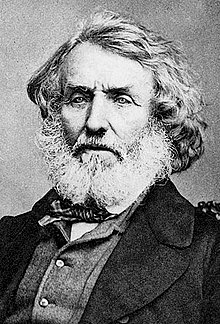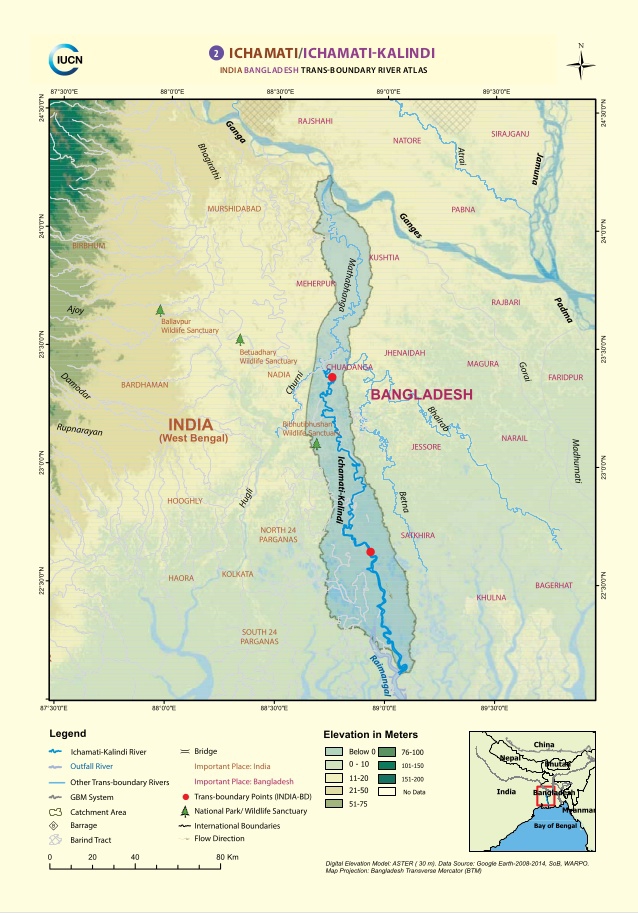Mount Everest and Application of Theodolite on It

20/10/2019 Gargi Banerjee* Mount Everest (known in Nepali as Sagarmatha and in Tibetian Chomolungma; ‘Mother Goddess of the Land’), the World’s highest mountain above mean sea level, located in the Mahalangur Himal sub-range of the Himalayas. The international border between Nepal and China run across its summit point. Sir George Everest Radhanath Sikdar Radhanath Sikdar was an Indian Bengali mathematician who is best known for calculating the height of the Mount Everest. He was born on October, 1813. When in 1831, Surveyor General of India Sir George Everest (with whose name the mountain has been named) was searching for a brilliant young mathematician with particular proficiency in spherical trigonometry Hindu College’s maths teacher Tytler recommended his pupil, 19 years old Radhanath. He joined the Geological Trigonometric Survey in 1831. He excelled in geodetic surveying. George Everest was impressed by his performance. He was
